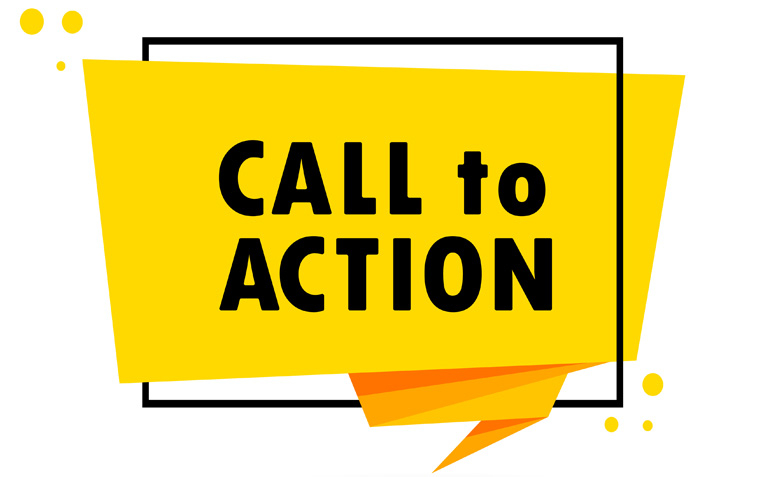The Psychology Behind Call to Action: Understanding User Behavior

In digital marketing understanding the psychology of user behavior is crucial to designing effective call to action (CTA) elements on your website. A CTA is not just a button or a line of text; it's a strategic tool that can influence user decisions and drive conversions. In this blog post, we will delve into the psychology behind CTAs and how you can use this knowledge to create more compelling and persuasive calls to action.
1. The Power of Persuasion
At its core, a CTA is about persuading users to take a specific action. Understanding the principles of persuasion can help you craft CTAs that resonate with your audience. One of the most influential concepts in this context is Robert Cialdini's six principles of persuasion, including reciprocity, scarcity, and social proof. Incorporating these principles into your CTAs can trigger a psychological response that encourages users to act.
2. The Fear of Missing Out (FOMO)
One powerful psychological trigger is the fear of missing out, commonly referred to as FOMO. People have a natural tendency to want what others have or fear losing out on an opportunity. You can tap into this by using phrases like "Limited Time Offer" or "Only X Items Left" in your CTAs. This creates a sense of urgency and compels users to act quickly.
3. Emphasising Benefits Over Features
People are generally more interested in how a product or service can benefit them rather than its features. When designing CTAs, focus on highlighting the benefits users will gain by clicking the button or taking the desired action. Use persuasive language that clearly communicates the value proposition.
4. The Psychology of Colors
Colors play a significant role in user behavior and decision-making. Different colors evoke different emotions and reactions. For example, red can convey urgency or excitement, while blue may create a sense of trust and reliability. Consider the emotional impact of color when designing your CTAs to elicit the desired response.
5. Hick's Law and Decision-Making
Hick's Law states that the time it takes for a person to make a decision increases with the number of choices available. When creating CTAs, limit the number of options presented to users. A single, clear CTA is often more effective than a cluttered page with multiple choices.
6. Cognitive Load and Simplified CTAs
Complex or confusing CTAs can overwhelm users and discourage action. Reduce cognitive load by using concise and straightforward language in your CTAs. Make it crystal clear what users should do next.
7. The Influence of Social Proof
Humans are social creatures, and we tend to follow the crowd. Incorporate social proof elements into your CTAs, such as displaying the number of satisfied customers, positive reviews, or user testimonials. This reassures users that they are making a wise decision by taking the desired action.
* * * * *
Understanding the psychology behind call to action elements is a game-changer in the world of digital marketing. By applying these psychological principles, you can create CTAs that resonate with your audience, trigger emotional responses, and ultimately drive conversions. Remember that effective CTAs are not just about web design; they are strategic tools that leverage the intricate workings of the human mind to guide users towards the desired action.





